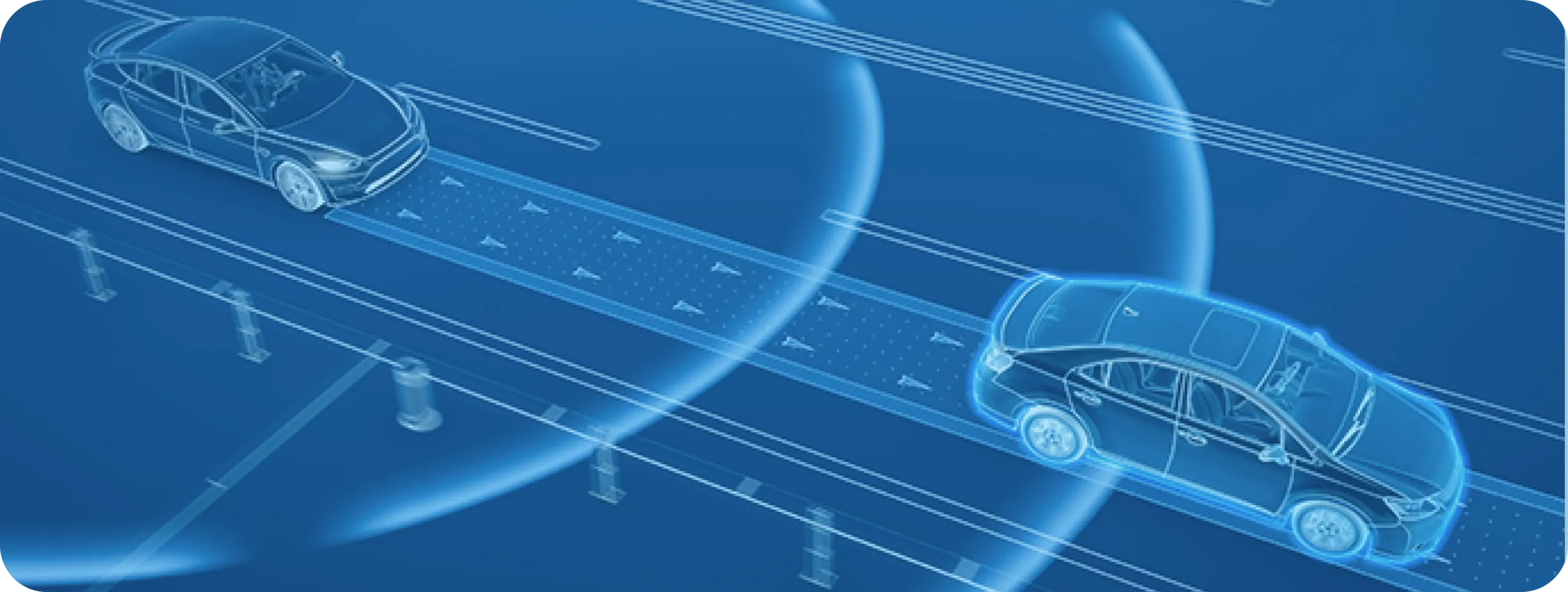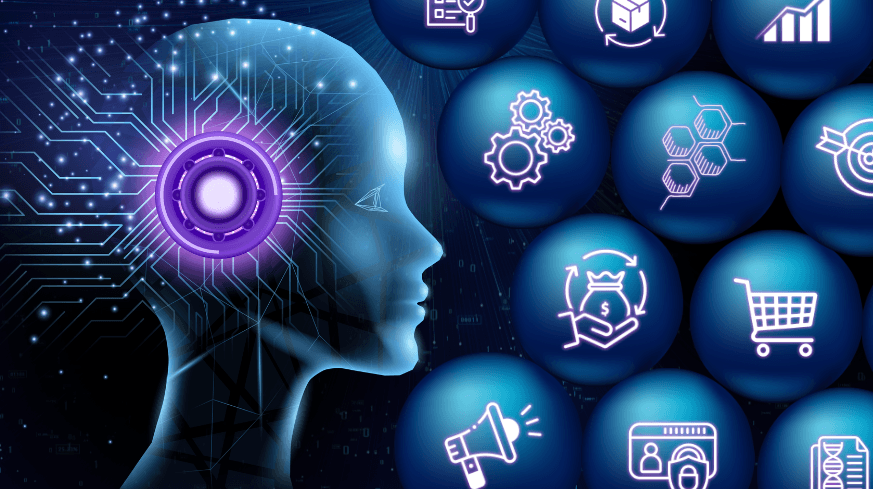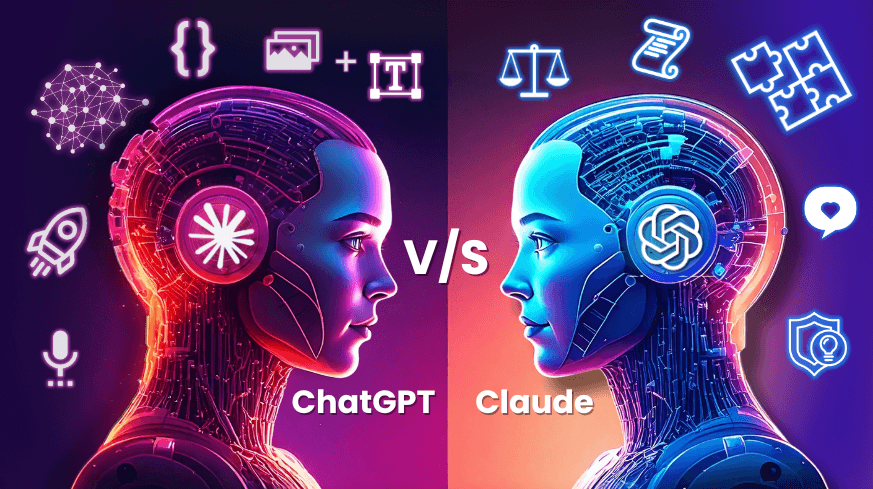Table of Contents
ToggleComputer vision technology enables machines to interpret and make decisions based on visual data from the world. It uses algorithms and machine learning to identify patterns, detect objects, and make decisions based on images or videos. This technology is widely used in areas like facial recognition, autonomous vehicles, and medical imaging.
What is Computer Vision?
Computer vision is a field of artificial intelligence that allows computers and systems to derive meaningful information from digital images, videos, and other visual inputs – and take actions or make recommendations based on that information. Computer Vision Technology helps analyze images and improve business solutions.
It combines principles from computer science, mathematics, and physics to mimic and even surpass the human vision capabilities of perceiving and understanding digital images and videos.
At its core, computer vision involves three key components:
- Image Acquisition: Capturing images or videos using cameras, sensors, or other input devices.
- Image Processing: Enhancing, manipulating, and transforming the captured visual data to prepare it for analysis.
- Image Analysis: Applying algorithms and machine learning models to extract insights, patterns, and information from visual data, like recognizing objects, faces, or activities.
The real magic happens when powerful artificial intelligence and machine learning techniques are applied to process and analyze the massive amounts of visual data computers can ingest.
Applications of Computer Vision Across Industries
Computer vision has rapidly grown from a niche research area to a technology reshaping numerous industries. Let’s explore some exciting applications:
Retail and E-commerce
- Visual Product Search: Finding products by uploading images instead of typing descriptions, making online shopping more convenient.
- Augmented Reality (AR) Experiences: Virtually “trying on” clothes, makeup, or visualizing furniture in your home through your smartphone.
- Inventory Management: Automating stock tracking and planogram compliance by analyzing shelf images.
Manufacturing and Automation
- Predictive Maintenance: Detecting potential equipment failures by visually inspecting components for anomalies.
- Quality Control: Ensuring product quality by automatically identifying defects during production.
- Robotic Guidance: Providing robots with visual feedback to assist in tasks like pick-and-place, assembly, and welding.
Autonomous Vehicles
- Object Detection and Tracking: Identifying cars, pedestrians, traffic signs, and obstacles in real-time video streams.
- Pedestrian and Obstacle Avoidance: Helping self-driving vehicles navigate safely by detecting and avoiding collisions.
- Navigation and Mapping: Analyzing visual data to localize the vehicle and build detailed maps of the environment.
Healthcare
- Medical Imaging Analysis: Assisting radiologists by automatically detecting and diagnosing conditions from X-rays, CT scans, and MRIs.
- Surgical Assistance: Guiding surgeons by highlighting key anatomical structures during procedures.
- Patient Monitoring: Tracking patient activities and vital signs using vision-based sensors in hospitals and care
facilities.
Across these diverse domains, computer vision is driving innovation, efficiency, and enhanced decision-making capabilities.

Core Computer Vision Techniques
To accomplish these incredible feats, computer vision employs a toolkit of advanced algorithms and approaches. There are dedicated AI Labs that offer expertise in core AI technologies. Here are some key techniques:
Image Classification and Object Detection
- Convolutional Neural Networks (CNNs): Sophisticated neural network models that can learn to recognize patterns in images.
- Transfer Learning: Adapting pre-trained models to new image classification or object detection tasks, reducing training effort.
- Real-Time Object Detection: Rapidly identifying and locating multiple objects of interest in video streams.
Facial Recognition
- Face Detection and Recognition Algorithms: Automatically locating human faces in images and verifying identities based on facial features.
- Identity Verification and Surveillance: Securing access and monitoring areas of interest by leveraging facial recognition.
Image Segmentation
- Pixel-Based Segmentation: Partitioning images into groups of pixels with similar characteristics (color, texture, etc.).
- Instance Segmentation: Detecting and delineating boundaries of specific object instances in images.
- Semantic Segmentation: Assigning semantic labels (car, person, tree) to every pixel in an image.
3D Reconstruction
- Structure from Motion: Estimating 3D structure from 2D image sequences by tracking feature points across frames.
- Photogrammetry: Deriving 3D measurements from overlapping 2D photographs or imaging sensors.
- Depth Sensing: Inferring depth information using specialized hardware like infrared sensors or laser scanners.
These powerful techniques form the foundations that enable computer vision’s remarkable capabilities.
Challenges and Future of Computer Vision Technology
Despite its rapid progress, computer vision still faces significant challenges:
- Handling Occlusions and Lighting Variations: Algorithms must become more robust to visual obstructions, shadows, and varying illumination conditions.
- Computational Complexity and Hardware Requirements: Advanced computer vision models are computationally demanding, requiring specialized hardware acceleration.
- Ethical Considerations: Issues related to privacy, bias, and the responsible development and deployment of computer vision systems need to be addressed.
Looking ahead, emerging trends like edge computing, federated learning, and self-supervised learning could further revolutionize computer vision capabilities. As the technology continues to evolve, we can expect even more transformative applications across diverse domains.
Implementing Computer Vision Solutions
To harness the power of computer vision, organizations typically follow these steps:
- Data Preparation and Annotation: Curating and labeling large visual datasets to train machine learning models.
- Model Training and Optimization: Developing, fine-tuning, and validating computer vision models using the labeled data.
- Deployment and Integration: Integrating the trained models into applications, services, or production workflows.
- Performance Monitoring and Maintenance: Continuously monitoring model performance, retraining as needed with new data.
With the right expertise, tools, and infrastructure, businesses can unlock computer vision’s potential to drive automation, insights, and innovation.

Do You Have a Great Idea But Don’t Know Where to Start Your Tech and AI Journey? Contact Our WebOsmotic Experts Today And Get Started Now!
Conclusion
Computer vision has gone from a futuristic concept to a transformative reality, reshaping industries and enhancing our ability to perceive and understand the visual world around us.
From aiding self-driving cars to diagnosing medical conditions to enhancing customer experiences, the applications of this technology are vast and continually expanding.
As computing power increases, algorithms advance, and more visual data becomes available, the capabilities of computer vision will undoubtedly continue to grow, opening up new realms of possibility.
Explore this exciting field, and get ready to experience a world where machines can truly “see” and unlock insights like never before!







